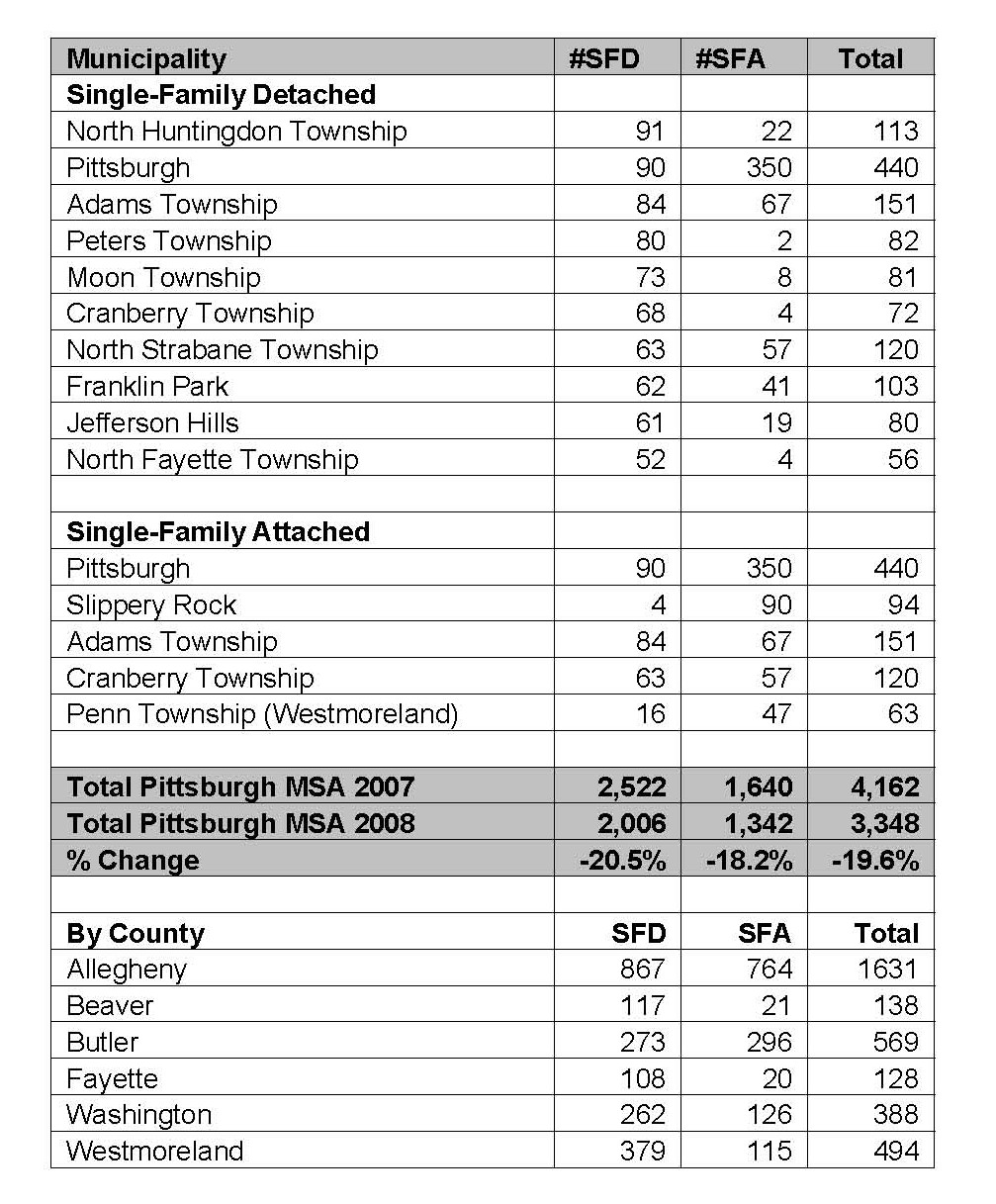On February 11 Joe Biden was in the state of PA visiting some beat up bridges and drumming up support for the stimulus bill. During the visits he promised/alluded to $16 billion for PA during the next two years. The fear here is that is was Joe Biden being Joe Biden, telling the audience what it wanted to hear. On the other hand, the speech offered some insight into the plan that has allayed some worries about what the real impact on construction the stimulus bill would have.
One commonly circulated theory about the stimulus was that it would not increase infrastructure spending so much as it would replace the spending cuts that have resulted from the deficit in revenues during the past 12-18 months. Biden specified that almost an additional $2 billion would be coming to PA from the federal coffers to repair bridges and roads. Given that PA has identified over 400 structurally deficient bridges, that should help. More to the point, that amount of investment is roughly the total amount spent by PennDOT annually since the late stages of the Ridge administration. Regardless of how much slippage in construction there has been from escalating costs and declining revenues, effectively doubling the amount spent by PennDOT each year will certainly result in a net gain in infrastructure construction.
One private sector infrastructure project that is rumored to be going ahead is the construction of a second natural gas processing/distribution facility in Majorsville PA, along the West Virginia border in Washington County. Developer Mark West, who also developed a similar plant in Houston PA last year, will be soliciting turnkey proposals later this spring for design and construction of the $200 million-plus project.
In another sector, prisons, roughly $600 million is going to be contracted in our region, and more than $800 million statewide for construction of new facilities. Just south of the PA border in Hazelton WV, the Fedral Bureau of Prisons has begun the selection process for a 584,000 square foot medium security facility at FCI-Hazelton. The project is in the federal budget at $230 million. Right now the first phase proposals are being solicited for technical qualifications, and are due back March 12.
In PA the Department of General Services will be seeking design/build proposals for new facilities in three locations. According to DGS press releases the state will put out the first of these in the first half of the year. The $200 million expansion of SCI-Rockview, just east of State College, is expected to go first, with another $200 million at SCI-Fayette in German Township. In the east, a $400 million new facility is scheduled to be bid at SCI-Graterford.





